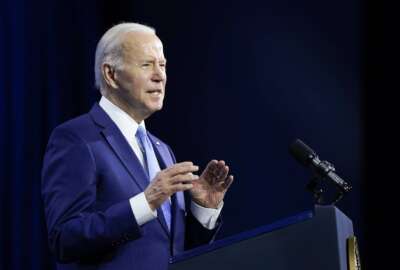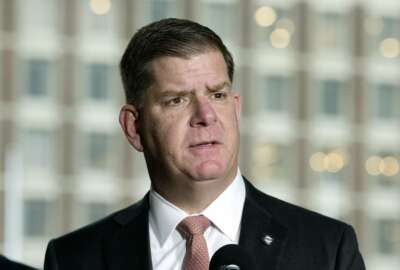Livestrong revenue dropped again in 2015, trending up now
The Livestrong cancer charity saw another fundraising and contributions nosedive in 2015 for a third straight year after founder Lance Armstrong's performance-e...
AUSTIN, Texas (AP) — The Livestrong cancer charity saw a fundraising and contributions nosedive in 2015 for a third straight year after founder Lance Armstrong’s performance-enhancing drug scandal.
Livestrong’s most recent federal financial disclosures obtained by The Associated Press show sharp declines in contributions, revenue and assets in in 2015. Contributions in 2015 fell to $3.7 million from $11.9 million the previous year. Total revenue fell to $6.2 million from $16.6 million as the charity listed expenses at $17.5 million.
Despite the decline, Livestrong officials insist the charity remains viable. They say donations are rising over the last year, including the first $1 million pledge of the decade, and patient services have expanded. Official records for 2016 won’t be due until early 2017.
“It’s obvious that 2015 was a low-water mark for us,” said Livestrong President Greg Lee, who called the charity smaller but healthy. “There was still some collateral damage. You didn’t see the true impact of that until 2015. We have turned a corner … The truth is, the impact on patients has not suffered.”
Armstrong, a cancer survivor, started the charity as the Lance Armstrong Foundation in 1997 and his success and celebrity helped build it into a global brand. He was removed from its board of directors in 2012 soon after the doping scandal flared. Major commercial partners such as Nike, Oakley and Dick’s Sporting Goods let contracts and sponsorships expire.
According to records, Livestrong’s contributions have plummeted 85 percent since 2011, the year after Armstrong last competed in the Tour de France. The 2015 figures were the third straight year of double-digit declines.
Livestrong also reported losing more than $10 million in assets in 2015 for the second straight year as it dipped into cash reserves to cover operations. Current net assets are about $73 million, which would indicate they have held steady the last two years.
Livestrong is expected to post the financial documents to its website by the end of April.
Lee took over Livestrong in early 2016 after Chandini Portteus, who had been brought in to turn around the struggling charity, resigned to focus on her family after less than one year on the job.
While the numbers look alarming, Livestrong had braced for a struggle, Lee said. Money saved when Armstrong’s name was gold and the charity was flush with cash softened the blow. Livestrong did not spend dedicated endowment funds on operations as revenue collapsed, Lee said.
“We almost look like geniuses,” Lee said, noting the declines noted in the documents are “two years old.”
Modest gains in 2016 and 2017 also show Livestrong is settling into a “new normal” of a smaller, leaner operation, said Brian Mittendorf an accounting professor at Ohio State University’s Fisher College of Business with a focus on nonprofits. Livestrong has reduced its full-time workforce from more than 80 a few years to less than 40.
“Livestrong being able to be what they were in the past seems like stretch, but they can still be viable,” Mittendorf said. “It’s natural that the fundraising declined. For years, royalties on the name were a big thing, but obviously that’s not around anymore.”
Preliminary 2016 figures released by Livestrong show revenues increased by $1.7 million that year. Revenues in 2017 are trending more than 20 percent ahead of last year, including two gifts of more than $200,000 each, Lee said.
The $1 million pledge in 2016 came from Jeri and Jeff Mulder of Michigan, who stayed with Livestrong during its downturn and said they were “all in” with the organization’s mission to help cancer patients. Livestrong also says it is serving more clients in 2017 as a 10-year partnership with the YMCA has expanded to a presence in nearly 600 local chapters in 40 states.
The charity is also three years into a partnership with the University of Texas’ new medical school. Livestrong has committed $50 million over 10 years to establish the Livestrong Cancer Institute for patient-care teaching and research.
The connection with a large, prestigious public university should provide stability for Livestrong over the long term, Mittendorf said.
“It can give them a new identity,” he said.
___
Online: https://www.livestrong.org/
___
This story has been corrected to show Armstrong’s last Tour de France was 2010 and not 2011.
Copyright © 2024 Federal News Network. All rights reserved. This website is not intended for users located within the European Economic Area.





